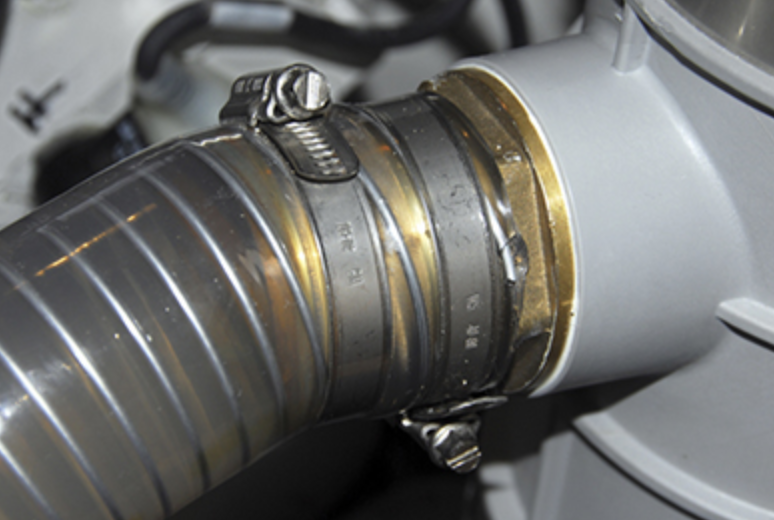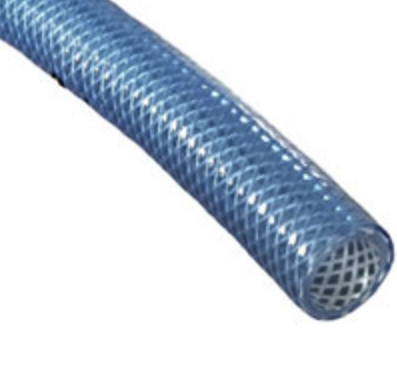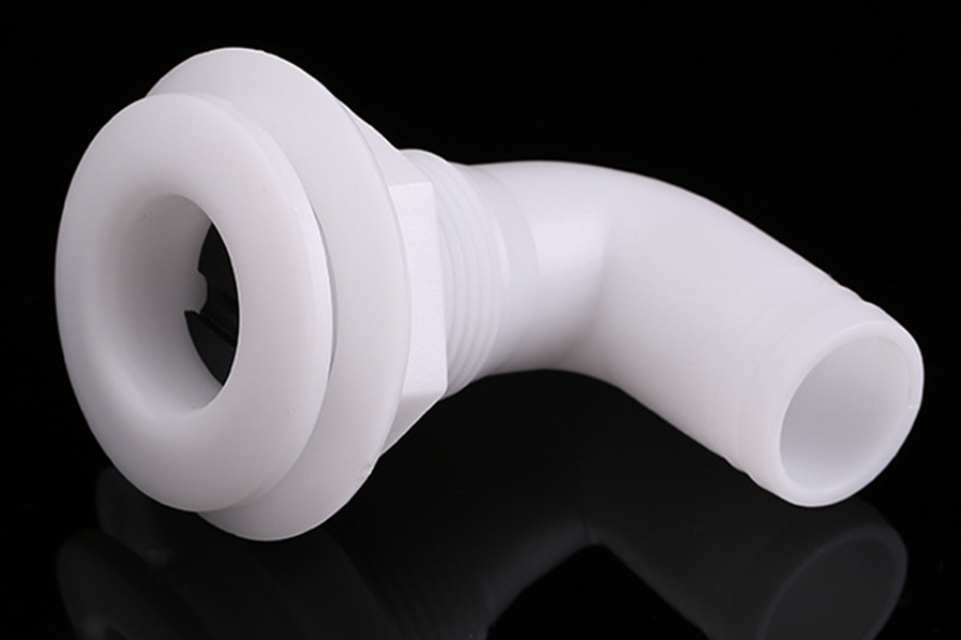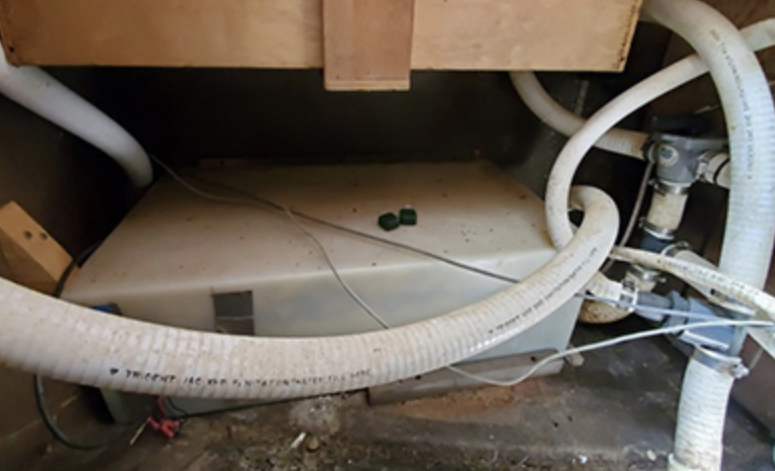Ask Andrew: Keep Your Hose in Ship Shape, Part 2

There are so many applications for hoses aboard, and each requires a specific type. There hoses for: fuel, exhaust, scuppers, engine water intake, potable water (hot and cold), waste, water heaters, bilge water, gear lube, and blowers.
The American Boat and Yacht Council (ABYC) sets standards for boating safety - if you’ve had a boat survey done recently, you may note that many of the recommended items are according to ABYC standards. ABYC has set standards on many of these hose types, in an effort to keep boats seaworthy, and boaters safe.
Engine Raw-water hose:

Engine manufacturers usual prescribe heavy-duty hoses for engine installation. These hoses run from the boat’s through-hull to the water pump, and from the water pump to the heat exchanger, up to the engine’s exhaust. That said, its often easier (and cheaper) to install a light duty rubber to connect the raw-water seacock to the raw-water pump, plumb in a siphon break, and make the connections to a hot-water heater.
Although heater hose is generally heat resistant and is adaptable to high pressure, it is think and soft. This can cause collapse under the vacuum created by the engine’s raw water pump, ultimately starving the engine of cooling water. Abrasion resistance can also be an issue, especially on hoses the run against the engine bed and risers: the engine vibration can cause the hose to chafe and wear through.
Good-quality marine water hose, will be thicker than heater hose, and reinforced with different synthetic materials in multiple layers.
Potable water hose:

ABYC and standards state that a potable water system should be plumbed with hose or tubing manufactured from Food and Drug Administration (FDA)-approved materials, with the hoses or tubing so labeled. The FDA, in turn, requires PVC hoses to be manufactured from virgin, rather than recycled, PVC and textile reinforcement. Compliant hoses are stamped "FDA approved."
Scupper and bilge hoses:

ABYC standards make a distinction in hoses that are ‘below the water line’ – these are hoses that, if broken or damaged, will cause the boat to fill with water, ultimately sinking. Below the waterline hoses include scupper, drains, bilge hoses, and any hoses connected to seacocks.
The same hose that's used for engine raw water hose is often an appropriate choice for cockpit drains, sink drains, and toilet suction lines: These hoses are chosen based on their minimal strength, tolerance to chemicals, abrasion resistance, and withstanding the pressure of suction (in bilge and toilet applications), without collapsing. A heavy duty, fabric reinforced rubber should be used.
ABYC H27, Recommended Practices and Standards Covering Seacocks, Through-Hull Fittings, and Drain Plugs, calls for the installation of a seacock on "all piping, tubing, or hose lines penetrating the hull below the maximum heeled waterline.. under all normal conditions of trim". Another note: it is recommended that double hose clamps are used on all below-the-waterline hose connections.
However, if there isn’t sufficient room to properly space two hose clamps, one may end up not secured to the fitting, potentially damaging the hose.
Waste:

Toilet-discharge hose must be of a special impermeable type, generally labeled "Sanitation Hose." It’s available in PVC and Rubber varieties, and the choice depends on a few factors:
PVC sanitation hose must be specially compounded from a high-density material with a greater than-normal wall thickness, in order to increase resistance to moisture absorption. As a result, it’s quite stiff, and may therefore be difficult to fit tightly to any hose barbs. If the barb is undersized, the clamping pressure needed to seal the hose to the barb will cut into the hose, and cause it to develop microscopic cracks (creating hard-to-trace leaks) at the edge of the clamp.
If, on the other hand, the barb is too big, and the hose has to be stretched over it, the hose will work-harden and once again develop microscopic cracks where it has been stretched.
Rubber Sanitation hose is more tolerant than PVC hose of poor hose-barb fits. It also has greater flexibility, and, thanks to its heavy-wall construction, resists permeation much longer.
When installing sanitation hoses-either PVC or rubber, avoid creating low spots that will retain waste.
Maintenance

Even with high quality, properly installed hoses, there is always the potential for an unforeseeable failure. Many boat owners leave crucial seacocks open from one season to another, and never look at their hoses and hose clamps.
Regular maintenance and inspection should be done on hoses, clamps, and seacocks. Attention should also be given to the types of fluids that are flowing through the hoses - including the types of fuel (ethanol content), the antifreeze that’s used, and the cleaning, sanitation and deodorizing chemicals that may come into contact with hoses and fittings.